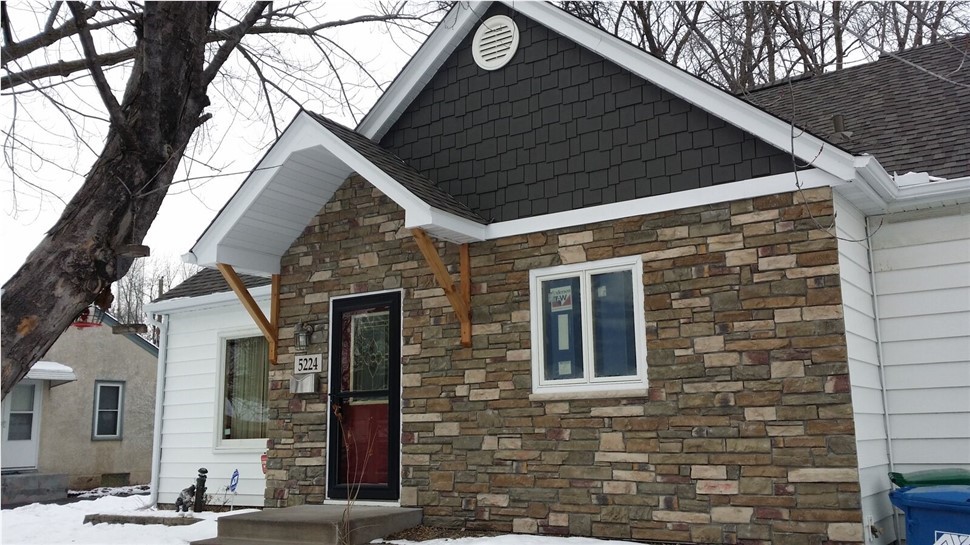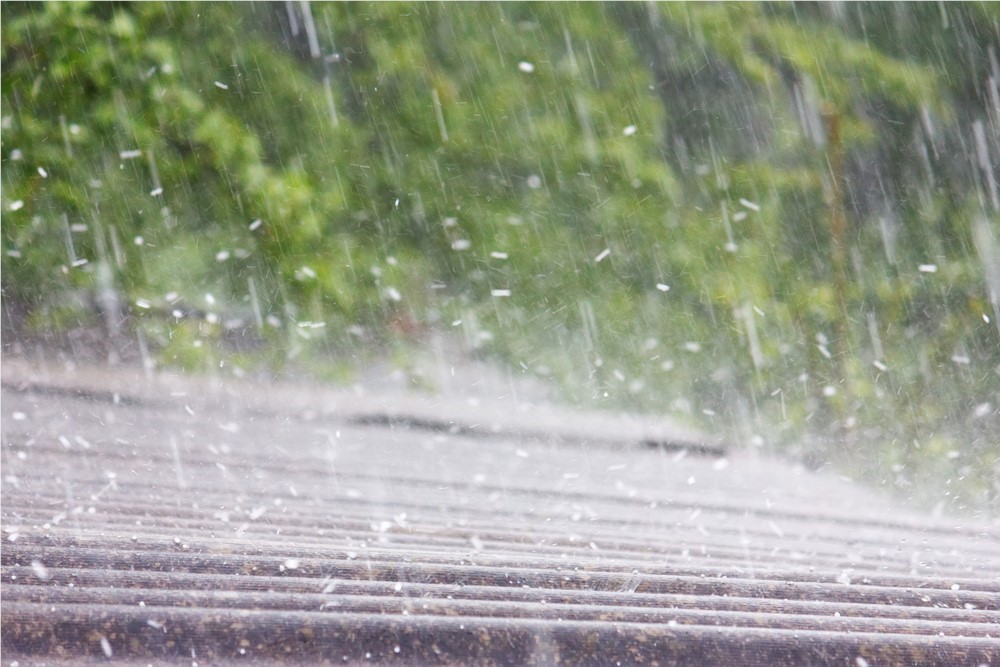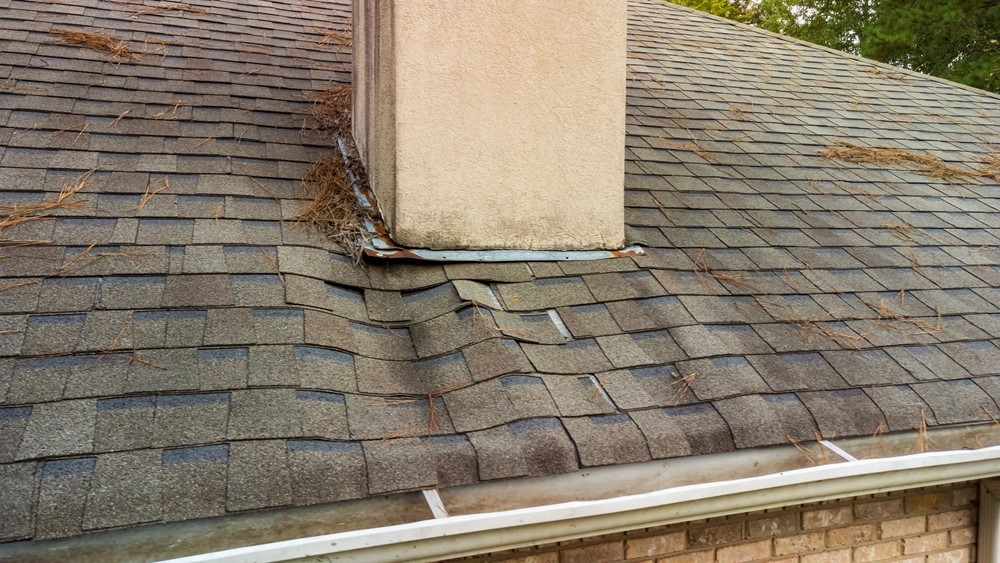When you bought your home, you probably got some kind of statement as to the age of its roof. That should give you a general idea of how long you could expect it to last. But expected life spans for roofs - especially asphalt shingle ones - don't always line up with reality. There are a number of factors that can shorten a roof's life expectancy, and weather is one of the main issues. Here in the Twin Cities area we get the kind of harsh weather that cuts an asphalt shingle roof's life short. These include:
- Hail
- High winds
- Intense heat or cold
- Ice dams
Now, unless your home gets hit by a severe hail storm or tornado or torn off by major straight line winds, your roof won't fail suddenly. It will die a slow death, but in the process there are a number of ways it will tell you that its days are numbered.
Ways Your Roof Says "I'm Dying"
Asphalt roofs can be expected to last somewhere between 20-40 years (longer in cooler climates, less in warmer areas.) While your asphalt shingle roof won't literally be able to speak and tell you it's nearing the end of its useful life, if you know what to look for, it will give you indications.- A significant number of roofing granules accumulate at the base of your downspouts after a rain. While it's common for an asphalt roof to shed a few granules here and there, if you find a pile on the ground beneath your downspout, this is a major warning sign. Those granules are what form the protective coating for the asphalt shingles. Loss of granules means the shingles are deteriorating.
- Some shingles are cracked, warped, or buckled. These things indicate most often that your roof has sustained damage from severe variation in temperatures, such as a day with sweltering heat and then nighttime temps getting substantially cooler. The result of temperature swings like this is rapid expansion and contraction, and the shingles just aren't constructed to hold up well to those changes. The effects intensify as the shingles age.
- There are other indicators of a dying roof, but these are the two major ones to watch out for. If you're concerned about the health of your roof, contact us for a roof inspection. In addition to installation of metal roofs, we also do asphalt roofing and roof repair in the Minneapolis and St. Paul area. We are a licensed Minnesota roofing company.
Subscribe to Quarve Contracting's Blog







Comments